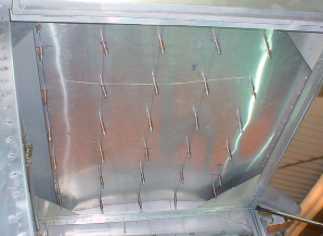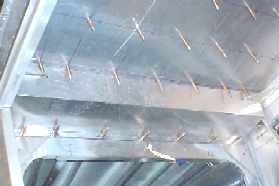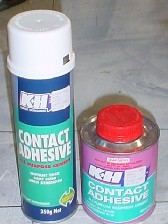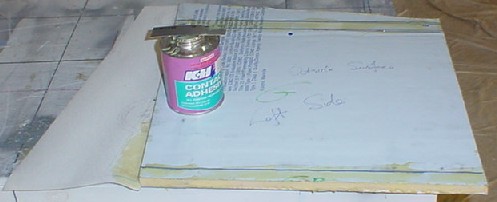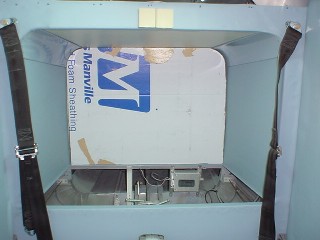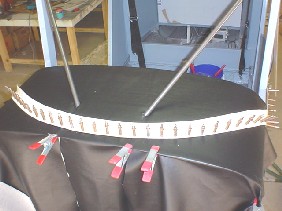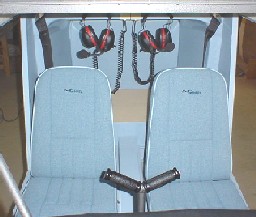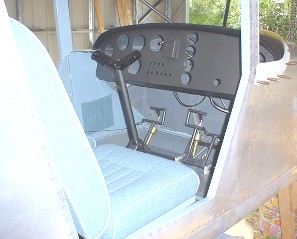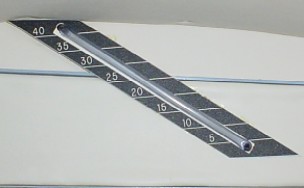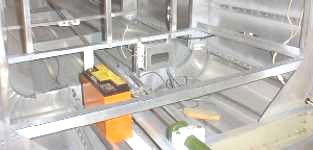
Originally I had decided to locate the battery in the luggage compartment by raising the floor for a utilities storage and /inspection compartment. The utilities compartment will provide easy accessed to inspect the strobe power supply and the trim controls. The battery will now be mounted on the firewall as the Jabiru 3300 engine weighs 81Kg complete with oil, and oil cooler with direct drive to the prop.

